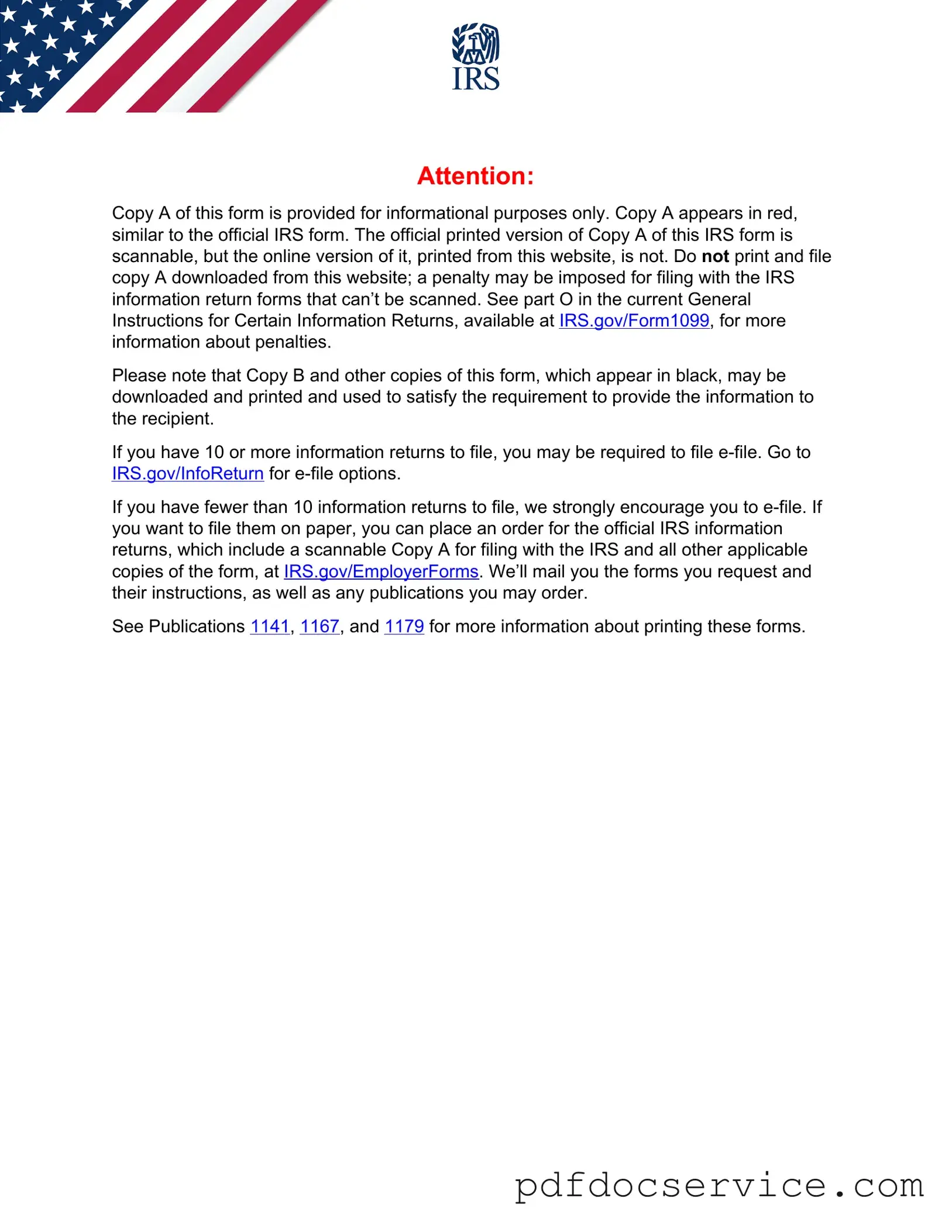The IRS 1099-MISC form is used to report various types of income other than wages, salaries, and tips. It is typically issued to independent contractors, freelancers, and other non-employees who have received payments of $600 or more in a tax year. This form helps the IRS track income that may not be reported on traditional W-2 forms.
Who needs to file a 1099-MISC?
Businesses and individuals who pay $600 or more to a non-employee for services must file a 1099-MISC. This includes payments made to:
-
Independent contractors
-
Freelancers
-
Rent payments
-
Prizes and awards
-
Medical and healthcare payments
However, payments to corporations usually do not require a 1099-MISC, with some exceptions.
The deadline for sending the 1099-MISC form to recipients is January 31 of the year following the tax year. If you are filing the form with the IRS, the deadline is usually the end of February if filing on paper, or March 31 if filing electronically.
To complete the 1099-MISC form, follow these steps:
-
Provide your business name, address, and taxpayer identification number (TIN).
-
Enter the recipient's name, address, and TIN.
-
Report the total amount paid in the appropriate box (e.g., Box 1 for rents, Box 7 for non-employee compensation).
-
Include any additional required information based on the type of payment.
Make sure to double-check all information for accuracy before submitting.
What if I don’t receive a 1099-MISC?
If you believe you should receive a 1099-MISC but haven’t, it’s essential to reach out to the payer. Sometimes, the payer may not have issued one due to an oversight or because they are not required to do so. Regardless, you are still responsible for reporting all income on your tax return.
What happens if I file a 1099-MISC late?
Filing a 1099-MISC late can result in penalties. The IRS imposes fines that vary based on how late the form is filed. If you file within 30 days of the deadline, the penalty is lower. After that, the fines increase significantly. It is best to file on time to avoid these penalties.
Can I file the 1099-MISC electronically?
Yes, you can file the 1099-MISC electronically. The IRS encourages electronic filing, especially for those submitting multiple forms. You can use the IRS e-file system or authorized software to file electronically. This method is often quicker and more efficient.
You can obtain the 1099-MISC form from the IRS website. The form is available for download in PDF format. Additionally, you can order physical copies through the IRS or purchase them from office supply stores. Make sure to use the most current version of the form for accurate reporting.
